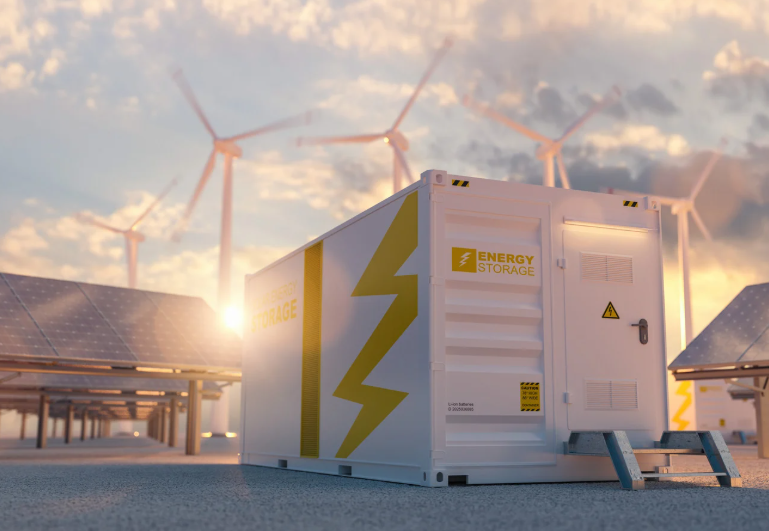With reports indicating a 67% increase in the occurrence of extreme weather events over the past two decades, the stability of power grids is becoming a cause of global concern. These events have put immense pressure on grid infrastructure, leading to failures that can have both considerable social and economic repercussions.
The solution to these problems, some claim, lies in energy storage systems that promise a more resilient grid by offering power during peak demands. Yet, beneath this promise is a complex matrix of variables, including the optimal sizing, strategic placement, and the substantial investment associated with such technology, all of which need to be meticulously calculated.
Energy storage investments are not made in isolation. They must be weighed alongside investments in generation and transmission systems, which are themselves evolving in response to increased electrification demands and aging infrastructure. As a result, capacity expansion models are increasingly crucial in identifying balanced investment actions. Market data suggests notable advancements, particularly in energy storage technology with vanadium redox flow and lithium-ion batteries improving in both efficiency and reliability now playing critical roles during high-stress events like wildfires and heatwaves. Yet, despite these innovations, current models often fail to account for the low-frequency, high-impact scenarios that pose the greatest risk to grid reliability— a gap that warrants significant attention.
Analyzing this dynamic further, recent studies utilizing advanced capacity expansion frameworks shed light on strategic investments that optimize storage alongside generation and transmission—considering a future where extreme weather events form a regular part of risk assessment. These frameworks feed into a larger trend of integrating stress-event data into renewable energy strategy, allowing for a more malleable grid that could address demands from peak load periods and support modernization efforts without excessively relying on fossil fuels.
The predictive analytics encompassed within these models employ machine-learning techniques to foresee heatwave-induced load increases and apply risk assessments to wildfire phenomena affecting transmission capabilities. Initial findings are compelling; by increasing investment costs by 10%, resilience against disruptive events significantly strengthens, favoring the deployment of 4-hour energy storage systems that are particularly effective in cost management and reliability enhancement scenarios.
In terms of financial implications, the task of assigning specific numerical values to new investments must reflect a weighed consideration of the grid’s evolving needs against future uncertainties. For instance, the zonal transmission topology utilized within the Western Interconnection grid marks a methodological advancement in estimating investment costs linked with extreme weather preparations. This investment clarity forms a critical part of capacity expansion and its vital impact on grid stability.
Yet skepticism remains warranted. Can these frameworks fully capture the unpredictable nature of climatic stressors, or are they overly optimistic in application? Energy storage systems undeniably offer dynamic solutions to grid resilience, but the friction between investment costs and grid stabilization against extreme event frequency needs further exploration.
Statistics illustrate the criticality—grid disruptions can lead to losses that exceed billions annually, underpinning a sector increasingly pressured to evolve both technologically and strategically. With the weather becoming increasingly capricious, strategic foresight is required to ensure preparedness that aligns with both policy objectives and economic constraints.
Moreover, considering the integration of extreme stress events into investment decisions creates an opportunity to design more robust systems that respond to modern challenges. This necessitates leveraging predictive analytics in decision-making processes, balancing cost with the adaptability needed for a sustainable and reliable grid future. The challenge lies in identifying cost-effective alterations that maintain grid operability in the face of unpredictable climate dynamics.
The interplay between advanced modeling and strategic investment offers a pathway, albeit a complex one, offering a glimpse of how the grid might evolve in response to environmental challenges. As energy storage technologies continue to advance and costs are further refined, what remains critical is the rigorous testing of these frameworks in varied scenarios to sustain a resilient energy future that can withstand the trials of extreme weather.





